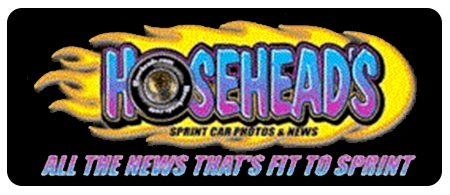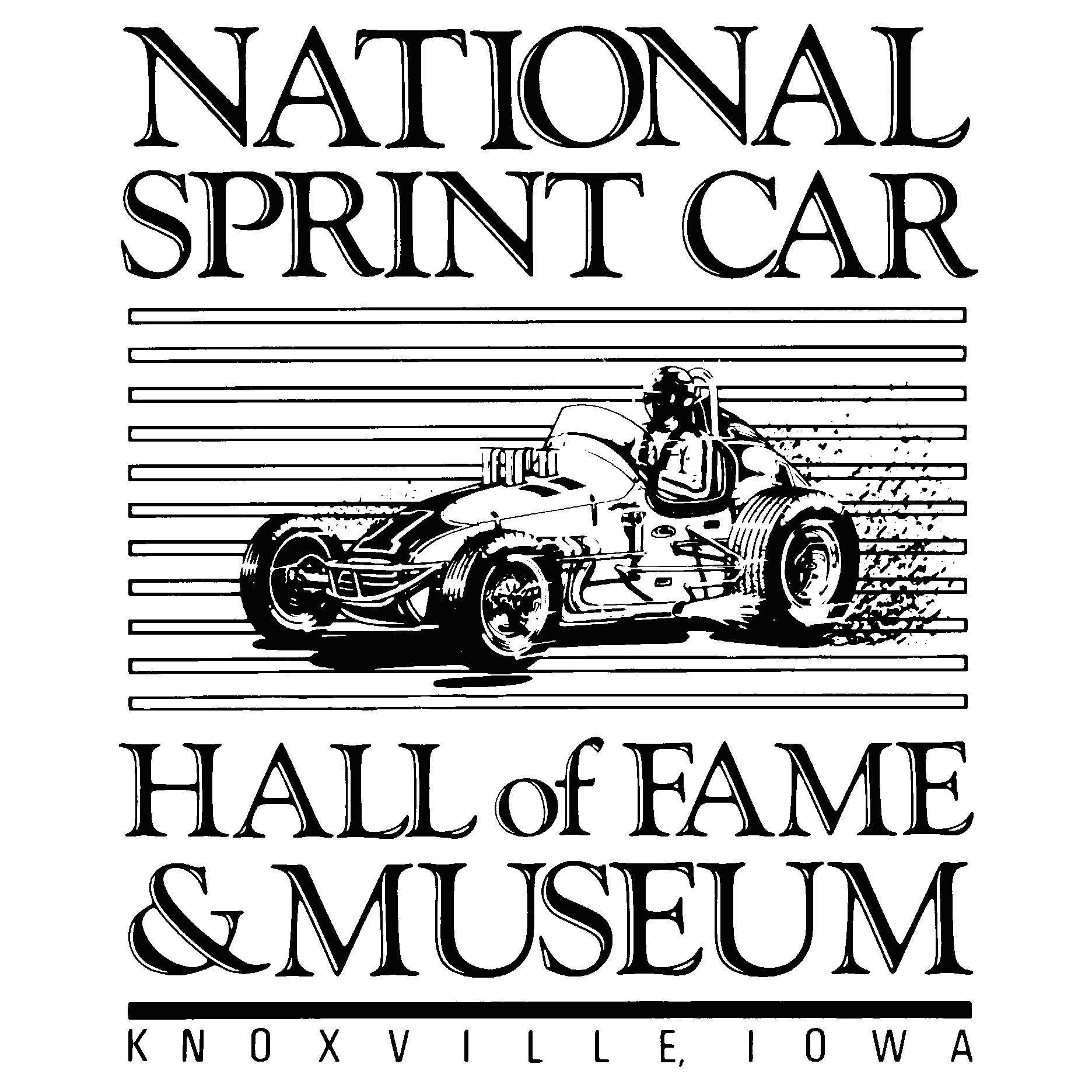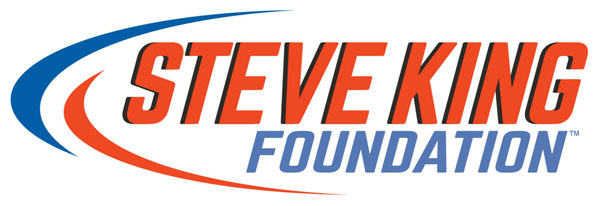Although Larson's path was circuitous, with Hendrick deal Yung Money has come into his own
Photo by Harold Hinson/HHP for Chevy Racing
PHOENIX—In 2011, Spire Sports shopped Kyle Larson around to NASCAR race teams in North Carolina.
At 18, the racer from Elk Grove, California had already earned the name “Yung Money” for his performances on dirt and showed tremendous promise on pavement. In Keith Kunz's No. 67midget, Larson won on both surfaces.
His path was similar to that of Cup champions Tony Stewart and Jeff Gordon, but the NASCAR model for recruiting talent was already starting to change.
“I met with every team owner back in 2011, and Chip Ganassi was the only guy, the only team owner to even entertain me racing this car,” Larson said. “I met with him for probably 20 minutes, and he signed me up right then.”
As an agency, Spire was in its infancy. Jeff Dickerson, now a team principal at Spire Motorsports, was still spotting for the No. 24 Hendrick Motorsports team and Gordon and representing drivers during the week. Given Gordon’s background, he and Larson should have been simpatico.
But that’s not how Larson remembers his first visit to Hendrick Motorsports or the hard “no” that followed.
“It might have been one of the first times I met Jeff Gordon,” Larson recounts. “Yeah, I was like star-struck a little bit to be at Hendrick Motorsports and getting to be there with Jeff. I remember him showing me around the shop. I remember turning the corner, we were going to his office and I turned the corner and his supermodel wife was standing there, and she's like seven-foot tall and beautiful, and I was like, ‘Oh, my God, this is crazy.’
“Then we sat down in his office, and Jeff Gordon is such an awesome race car driver and one I've looked up to since I was a little toddler. I remember being so disappointed when I left there—because everybody knows I love dirt racing—and he's like, ‘You really need to get out of dirt cars.’ They're going to teach you bad habits, and this and that, and I was like, ‘Man, that was a terrible time there at Hendrick,’ after I left.”
Hendrick’s lineup was stacked in 2011 with Gordon, Jimmie Johnson, Dale Earnhardt Jr. and Mark Martin—who was keeping the No. 5 seat warm for Kasey Kahne. And Hendrick had 16-year-old Chase Elliott waiting in the wings.
“I think I went from Hendrick to Ganassi probably right after that, and I was not feeling like too pumped up about the day,” Larson said. “Really think I was there for three days and met with every team and just being disappointed every time I left the race shop because it's like they're just going through the motions, nice to meet you, you've got a cool resume, yeah, we need a few hundred thousand dollars for you to race our car next year. Like I don't have anybody to bring money to. Then when I met with Chip, I was feeling on top of the world.
“I joke with Jeff about my trip to Hendrick that day, and he tells me about kind of the behind-the-scenes conversations he had with Rick after that. They had I think Chase, kind of already worked on signing him up at that point when I met with them. It all worked out in the end. I got to get experience and they didn't have to pay for any of it before I got to them. So it worked out.”
Hendrick often says that he’d rather pay for the driver than the driver’s development. Even after seeing Larson’s body of work over six full seasons in Cup, there was still apprehension on Hendrick’s part. In 223 starts, Larson posted six wins, 56 top-fives—including 22 second-place finishes—and 101 top 10s.
Hendrick knew Larson was a “wheelman” but his opinion changed dramatically after the driver joined the fold and quickly assimilated into the No. 5 team with crew chief Cliff Daniels.
“I had heard the stories that he couldn't close, that he was fast and he would run near the wall and he'd wreck,” Hendrick said. “When we got him in the car, it was pretty obvious that he was pretty quick, that he could run the whole race and he was fast and he took care of the car.
“No, I knew his talent from watching him when he was driving for Chip and could see some of the things he could do with the car. So he's impressed me. I think as Cliff just said, I think his ability to know how to race has impressed me a lot this year because he's fast, but he knows how to race, and he knows when to race and when he needs to just take care of it.”
While Ganassi Racing lacked the resources for Larson to reach his true potential, it’s hard to fathom the driver reaching the pinnacle of NASCAR without Chip Ganassi providing him the stage to set his course.
“I owe the world to him,” Larson said. “It was nice to see him (on Sunday) and see how happy and at peace I felt like he was with it, with his final event as a team owner.”
Even after Larson was fired last year following the use of a racial slur during an iRacing event, the driver was still setting his course for Sunday’s momentous achievement by keeping his skills sharp on dirt.
In 2021, Larson accomplished what no driver has, not just the number of wins—30 combined in 89 races in all divisions—but the caliber of the victories across different disciplines: Chili Bowl Nationals, Knoxville Nationals, Kings Royal, Prairie Dirt Classic plus 10 Cup points races, the All-Star Race and the NASCAR championship. And there’s still the midget swing in California.
“Yeah, this year I've won so many big races, and it seems like each one I win, okay, that was my biggest win,” Larson said. “Then you win another one, that was my biggest win.
“I don't know if there's another race that could ever top this win here today, winning the Cup Series race at Phoenix for a championship. It doesn't get any bigger.”

.png)





